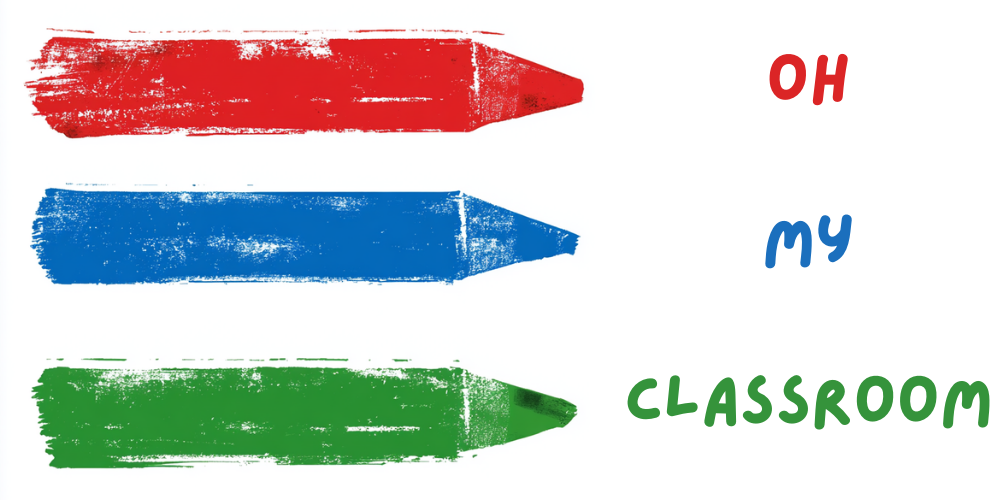The first day of school icebreakers can be a nerve-wracking experience for students and teachers alike.
It’s a fresh start, a new beginning, and an opportunity to make a positive impression.
One effective way to break the ice and create a welcoming atmosphere in the classroom is by using icebreakers.
we will explore the importance of icebreakers on the first day of school and provide you with a collection of creative and engaging activities to kickstart your academic year with enthusiasm.
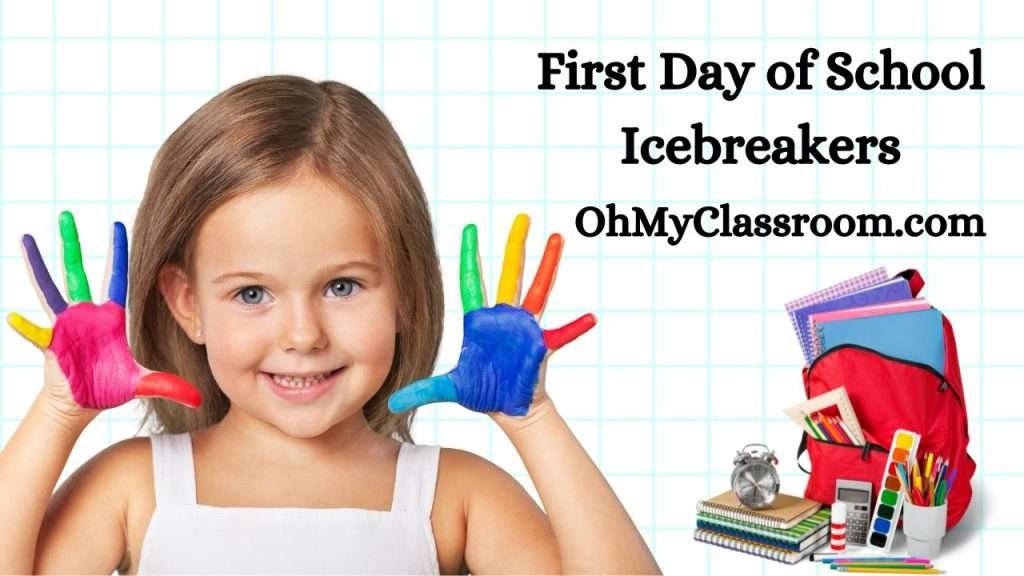
“All About Me”
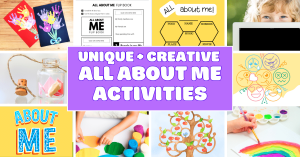
Collage On the first day of school, have each student create an “All About Me” collage. Provide magazines, colored paper, markers, and glue, and ask students to cut out images or words that represent their hobbies, interests, and values. As they share their collages with the class, students get to know each other’s personalities and discover common interests. It’s a creative and visual way to break the ice and encourages self-expression.
“Find Your Twin”
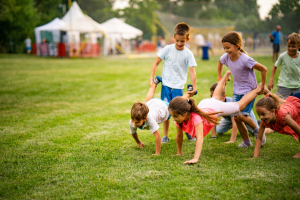
Game To foster connections between students, play the “Find Your Twin” game. Prepare a set of index cards with unique characteristics or traits written on them (e.g., loves hiking, enjoys cooking, plays soccer). Hand out the cards randomly, and challenge students to find the classmate with a matching card. Once pairs are formed, they share their common interest with the class. This activity promotes mingling, conversation, and the discovery of shared hobbies.
“The Name Game”
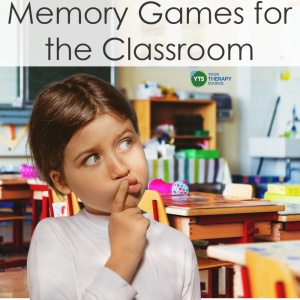
Remembering names can be a challenge on the first day of school. Engage students in a fun memory game to help with this. Start by having each student say their name and something they enjoy that starts with the same letter as their name (e.g., “I’m Sam, and I like soccer”). The next student repeats the names and hobbies of those who came before, adding their own. This continues until the last student, who has the challenge of recalling everyone’s names and hobbies. It’s a playful way to learn each other’s names and interests.
Related: 100 Exciting Questions for First Day of School
“Interview a Classmate”

Encourage students to become mini-journalists by having them interview a classmate and then introduce that person to the rest of the class. Provide a list of open-ended questions, such as “What’s your favorite book?” or “What do you like to do on weekends?” Following the interviews, students rotate to showcase their discoveries, introducing their peers and sharing captivating insights. This activity promotes active listening and communication skills.
“Jigsaw Puzzle Introduction”

Turn introductions into a collaborative puzzle-solving activity. Provide each student with a puzzle piece upon entering the classroom. Their task is to find the classmates with matching pieces to form a complete puzzle. As the puzzle comes together, students are also putting together connections with their peers. Once the puzzle is complete, ask each student to share something unique about themselves. It’s a team-building icebreaker that reinforces the idea that every student is an essential piece of the class.
“Two-Word Introduction”

Challenge students to introduce themselves using only two words that describe them best. For example, a student might say “Curious Explorer” or “Tech Enthusiast.” This activity encourages creativity and concise self-expression, and it can lead to intriguing conversations as students try to guess each other’s backgrounds and interests based on their chosen words.
“Classroom Scavenger Hunt”
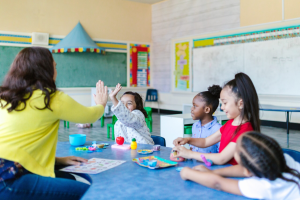
Create a list of items or clues related to the classroom and school environment. Divide the students into teams and give each team a list. They must work together to find the items or solve the clues. This icebreaker not only helps students become familiar with their surroundings but also promotes teamwork, communication, and a sense of adventure as they explore the classroom.
“The Story of Your Name”

Names carry significance and history. Promote a culture where students are inspired to reveal the tales behind their given names. It could be the origin, meaning, or a memorable anecdote related to their name. This activity not only helps students learn each other’s names but also deepens their understanding of cultural diversity and personal backgrounds.
“Memory Exchange”
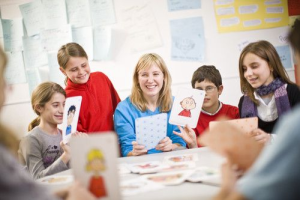
Encourage students to bring in an object or photo that holds a special memory or significance to them. In a circle, students take turns sharing the story behind their chosen item. This activity not only helps students connect but also highlights the uniqueness of each individual.
Related: 20 Excited First Day Activities for Preschool
“Classmate Bingo”
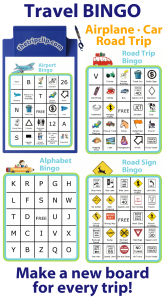
Create bingo cards with various traits or characteristics in each square (e.g., has a pet, traveled to a different country, speaks more than one language). Hand out the cards to students and instruct them to find classmates who match the traits in each square. When they find a match, they can write that classmate’s name in the square. The goal is to complete a row or column like in traditional bingo. This game encourages interaction, discovery, and friendly competition.
“Five Fun Facts”
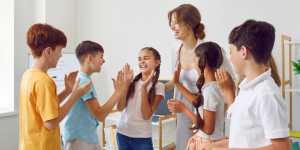
In this icebreaker, each student shares five fun or interesting facts about themselves with the class. These facts can range from hobbies and favorite foods to unique experiences or hidden talents. As each student takes their turn, the class learns intriguing details about their peers, making it a memorable way to break the ice.
“Classroom Charades”

Combine fun and movement by playing a game of charades. Write down various school-related terms or classroom objects on pieces of paper, and have students take turns drawing a term and acting it out without speaking. Their classmates must guess what they’re miming. It’s a lively way to encourage interaction, creativity, and laughter.
“Time Capsule Letters”
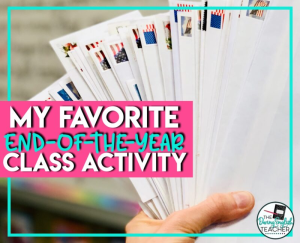
Ask students to write a letter to their future selves, sharing their goals, expectations, and hopes for the upcoming school year. Collect these letters and keep them in sealed envelopes. Toward the end of the school year, return the letters to the students, allowing them to reflect on their initial thoughts and see how much they’ve grown throughout the year.
“One-Minute Autobiographies”
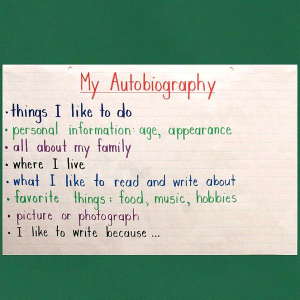
Give each student one minute to share a brief autobiography with the class. They should include essential details like their name, where they’re from, family members, and one interesting fact. The time limit adds an element of excitement and keeps the introductions concise and engaging.
“The Compliment Circle”
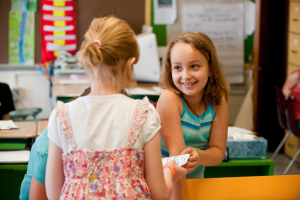
Create a circle with the students and have each student give a genuine compliment to the person on their right. After receiving a compliment, each student passes it on to the next person. This activity promotes positivity, boosts self-esteem, and fosters a sense of camaraderie among classmates.
“Emoji Introductions”
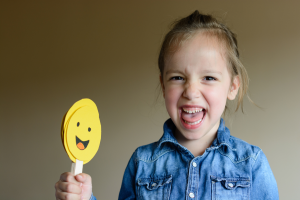
Have students select an emoji that represents their feelings about the first day of school and share it with the class. They can explain why they chose that particular emoji, allowing for both visual expression and the opportunity to express emotions.
“Mystery Classmate”

Before the first day of school, assign each student another classmate as their “mystery classmate.” Provide a list of clues or characteristics about their mystery classmate, and task students with finding their match by interacting with their peers. Once they identify their mystery classmate, they can introduce them to the class. This activity promotes investigation and social interaction.
“Name and Symbol”

Ask each student to come up with a unique symbol or drawing that represents them. They should present their name along with the symbol to the class, explaining the significance behind their choice. This creative icebreaker allows students to express themselves visually and adds a memorable element to introductions.
“The Storytelling Circle”

Form a circle with the students and begin a storytelling chain. The first student starts a story with a single sentence, then the next student adds another sentence, and so on, continuing around the circle. The story can become imaginative and humorous as it unfolds. It’s a fun way to stimulate creativity and cooperation.
“My Summer Snapshot”
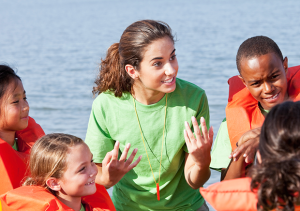
Have students share a brief “snapshot” of their summer vacation or experiences. This could be a single highlight, a memorable trip, or a special achievement. Encourage students to use vivid descriptions to bring their summer stories to life. It’s a great way to relive summer memories and learn more about each other’s interests and adventures.
“Word Association”

Start with a random word related to school or learning, and then have each student share the first word that comes to mind when they hear it. This activity can lead to unexpected and often amusing connections between words, sparking laughter and conversation as students share their associations.
“Classroom Interview Challenge”
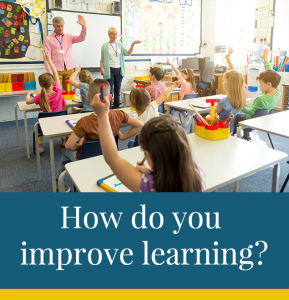
Pair up students and provide them with a list of interview questions, such as “What’s your favorite subject?” Alternatively, you can ask, “What’s the most fascinating location you’ve had the chance to explore?” Each student takes turns interviewing their partner and introducing them to the class. It’s a great way to practice active listening and public speaking.
“Would You Rather?”

Create a collection of “Would You Rather” inquiries centered around elements of the educational experience and personal preferences. These questions might include scenarios like, “Would you prefer to have a pet dinosaur or a robot assistant?” Motivate students to engage in this entertaining and imaginative activity, prompting them to elucidate the reasoning behind their choices as they take turns.
“Classroom Bingo 2.0”
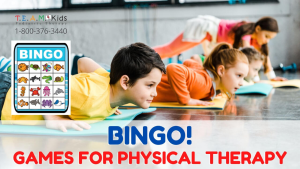
Develop Bingo cards with school-related scenarios or experiences, such as “Met someone from a different country” or “Found a book they’ve never read before.” Students must interact with their peers to find classmates who fit these categories and mark them off on their Bingo cards. The student who successfully completes a row or column first excitedly calls out “Bingo!” and thereafter shares their encounters with the entire class.
“My Summer Playlist”
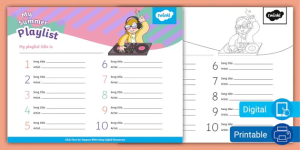
Invite students to create a hypothetical “Summer Playlist” of songs that represent their summer experiences or feelings. They can choose songs based on their mood, events, or activities. Afterward, allow students to share their playlists, explaining why they selected each song. This activity combines music, personal expression, and storytelling.
Related: 20 Exciting First Day of School Science Activities
